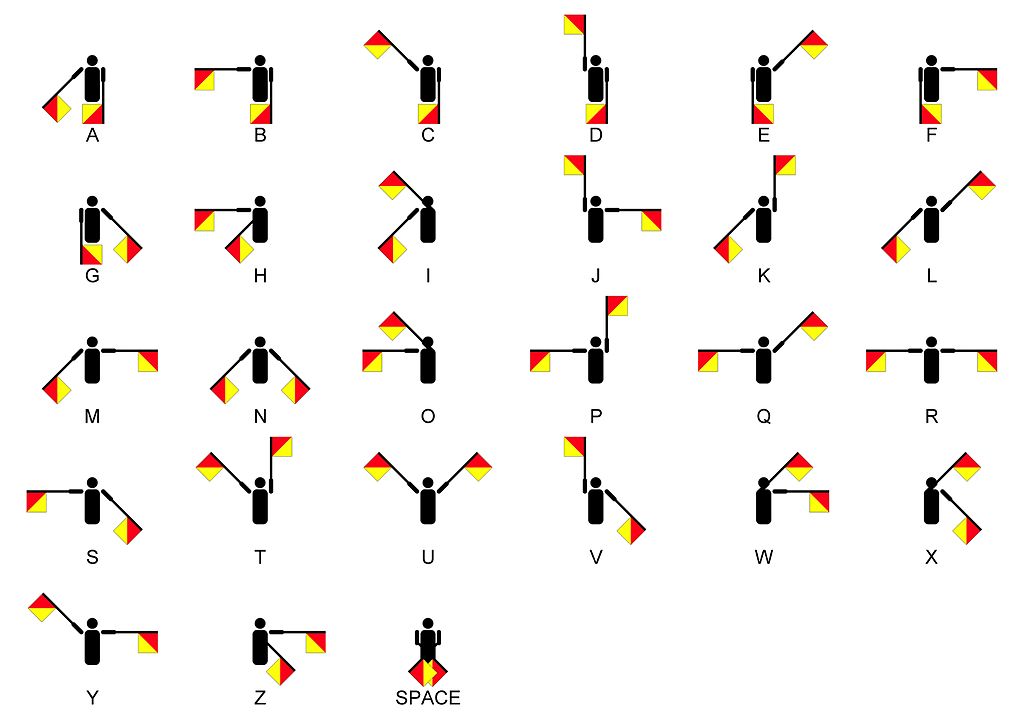The conversion of one data type to another implies that there is a correspondence chart for letters, words, and other language units in alternative media. In most cases, this chart has a one-to-one correspondence between the thesaurus or alphabet of the source language(s) and its material manifestation. The conversion of information from the state of thought/association into a formal representation in any material, “on a medium,” is called encoding, and the data array, a code. Keep in mind that a thought written down (in any language) on a sheet of paper is also a code, and the process of writing is encoding.

The image is licensed under the Creative Commons Attribution-Share Alike 3.0 Unported license.
The reverse transformation of data from code into information (thought) is called decoding. Both encoding and decoding require a “code = word” table (or “code = letter”, “code = sound”), both regular and reverse. For the ultimate decoding, i.e. the implanting of the image/impression/command, or, generally speaking, the contents of the information package in the recipient’s mind, this mind should be equipped with a working language glossary.
The task of creating a perfect code is the main task of Information Technology. A code should be simple, efficient, comprehensive, robust, and flexible; it should allow the inclusion of new terms and be resistant to interference and transmission errors. A code is a material object in which a thought is encrypted; it can be copied, transmitted by wire and without it; it can be used for management and decision making, for finding similar objects; it can be combined with other related codes and is the main subject of Information Technology.
Creating bulk data and its transmission implies the existence of equipment built specifically for organizing data transmission channels, encoding, decoding, reception/transmission, interpretation, recording, reading, validation, and execution of this particular code from this medium.
Often, to be transmitted through an existing channel, data must be transcoded into a form suitable for this channel. Data arriving at the input of the transcoder is called raw data, and the resulting output that meets the conditions of the transmission channel is considered compatible information. Note that the terms “data” and “information” here are used somewhat differently than earlier.
There is a wide range of information processing techniques that increase the information noise immunity, reduce the size of files for archiving, restore accuracy in case of partial loss, ensure privacy during transmission, ensure delivery of information even with a partial loss of receiving and transmitting equipment, provide remote access and long-term storage, etc.
Prof. Leonid Knizhnik, CIS Department
(1) “Information.” Merriam-Webster.com Dictionary, Merriam-Webster, https://www.merriam-webster.com/dictionary/information. Accessed 15 Jul. 2020.

